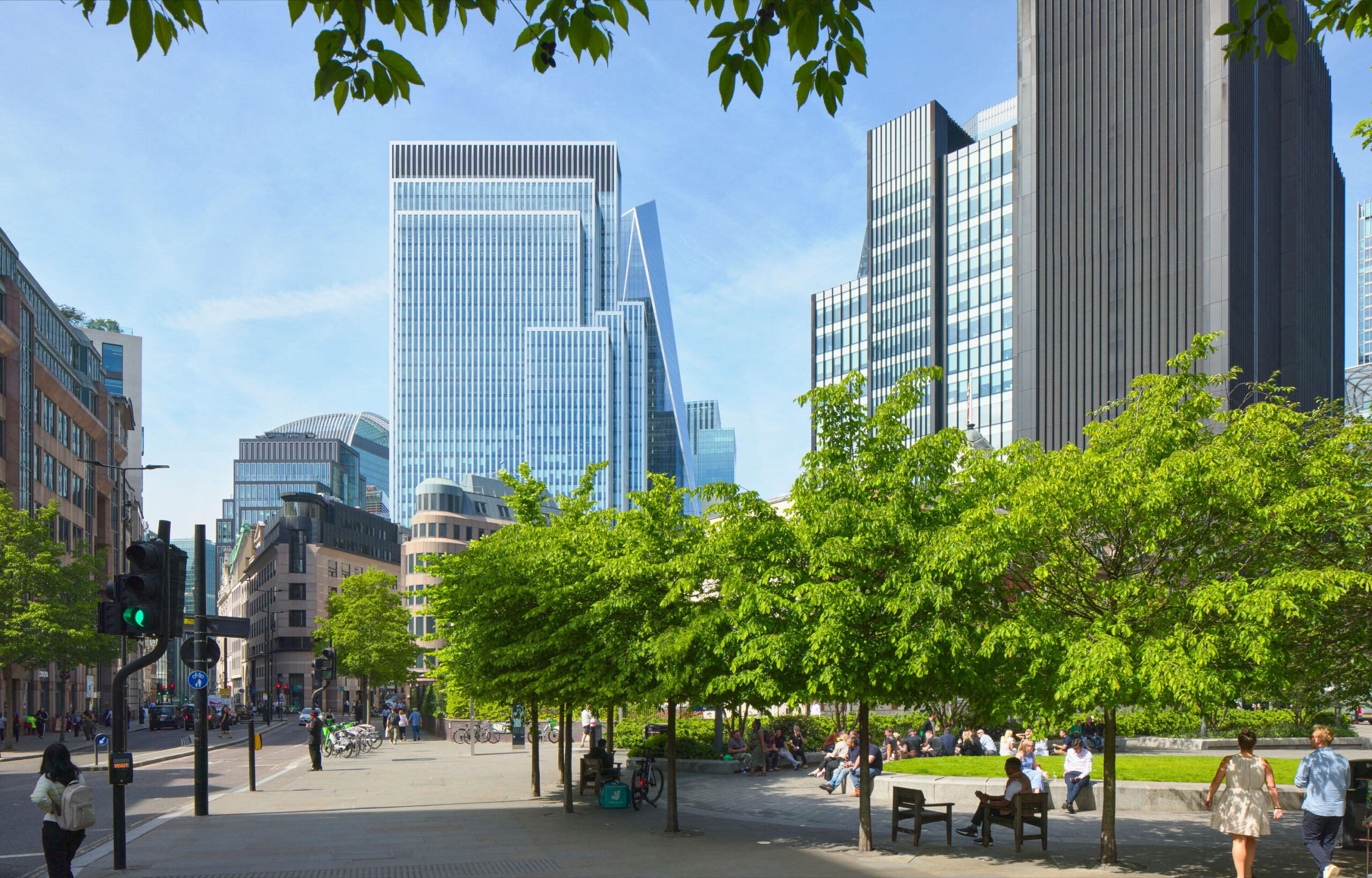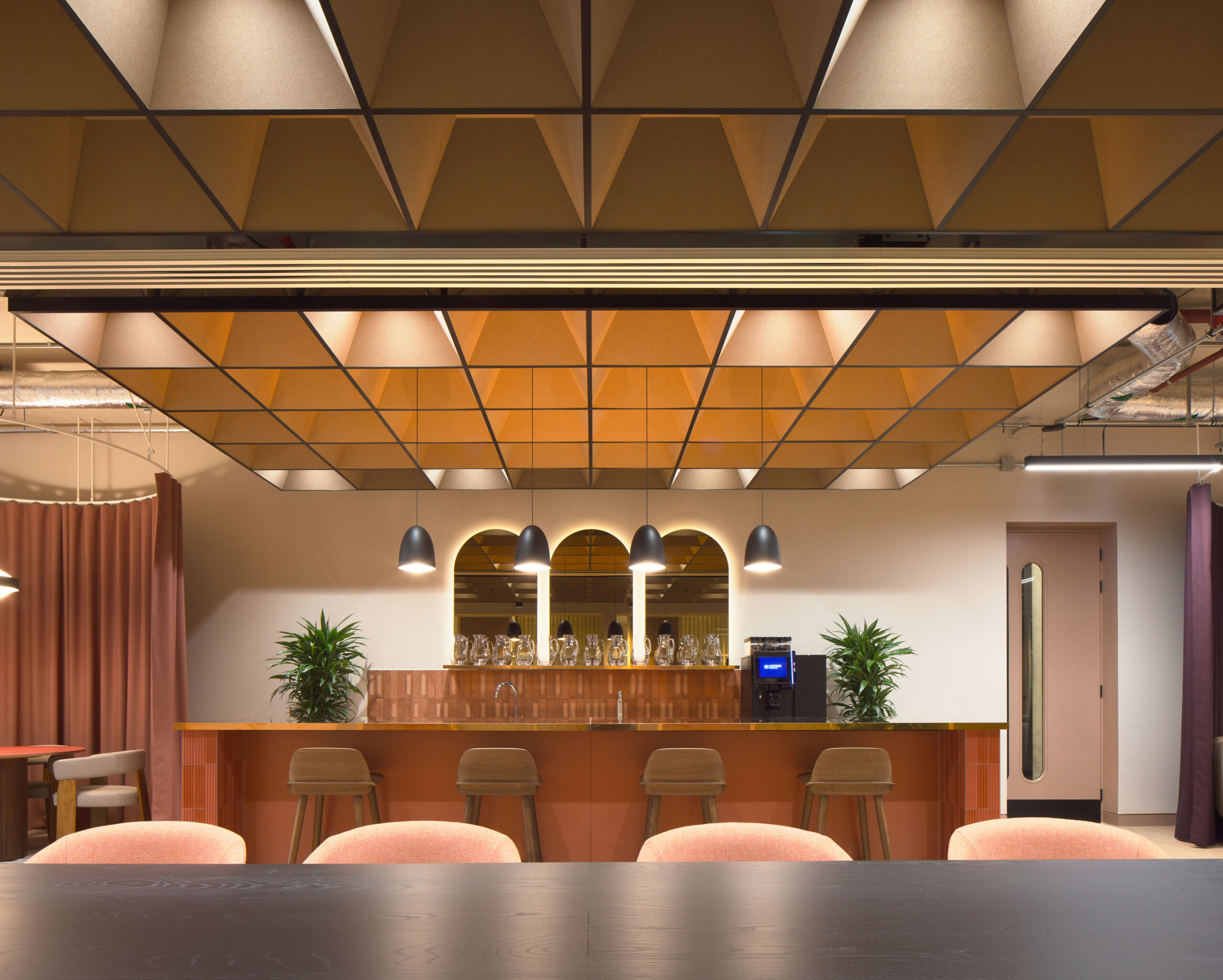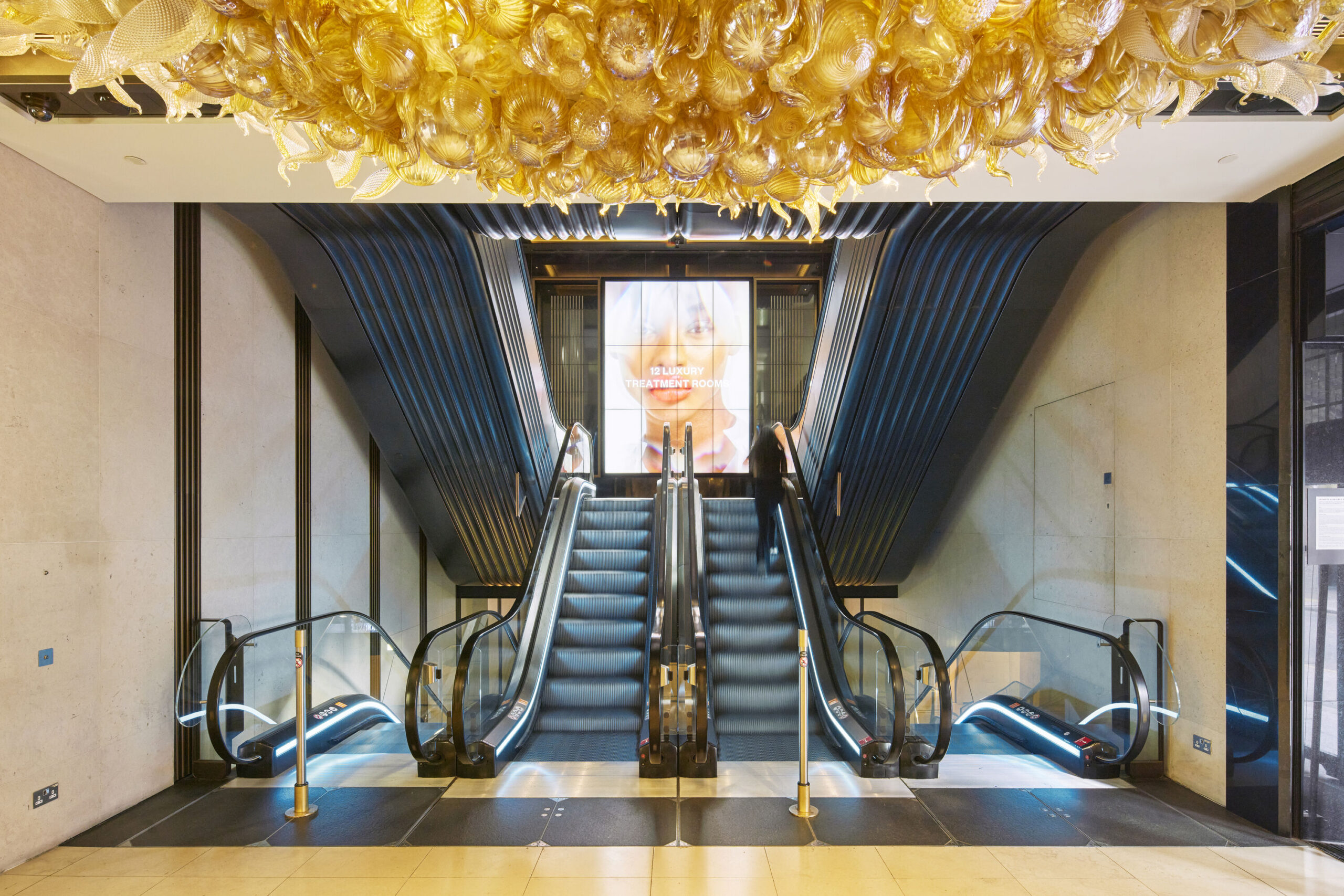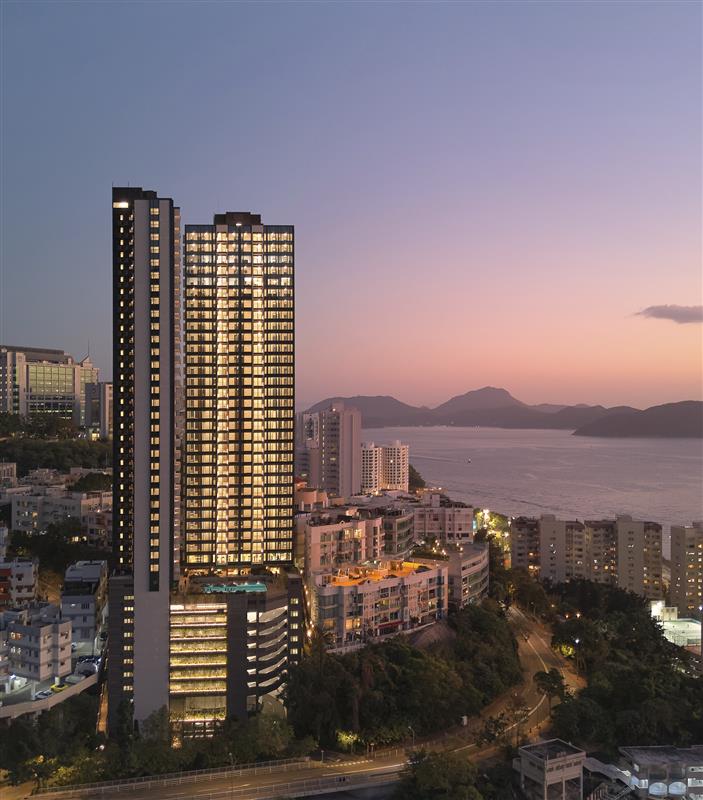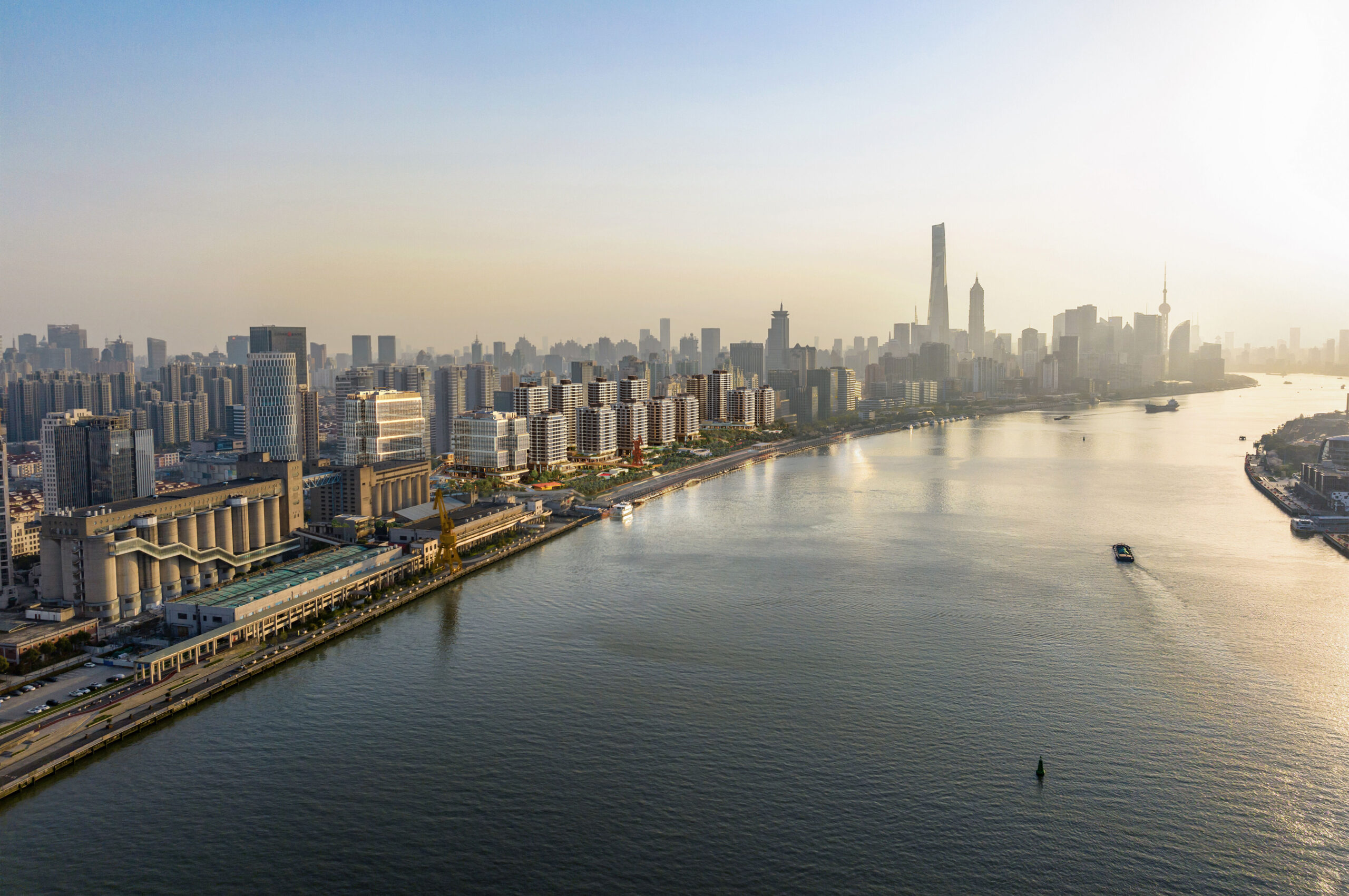

From our meeting with a specialist clockmaker, we learned that the synchronome clock sent a signal to all other clocks so they worked in unison. These clocks differed in size and appearance. The more decorative ‘primary clocks’ were positioned in prominent rooms which have timber-panelled walls and were used by members of the public, or members of the borough in higher positions. These clocks have a metal casing of a satin nickel colour, with hour and minute markers of cut metal. These are pinned to the clock face, giving an appearance of depth. The dial, hour and minute hands are behind a glass front, and the projecting numbers are of the 1930s era with an Art Deco-style typeface. The other secondary clocks, which were located in the office spaces, have a simpler casing with the dial, hands and markers beneath a glass front. Consistent with the primary clocks, the style of the hour markers also reflects an Art Deco aesthetic.
The previous caretaker informed us that there were 78 clocks in total when the building was completed. However, not all the clocks were still in their original locations when we started on the project. Prior to the commencement of the construction work, we salvaged all the clocks that were found in the building and placed them in a secured accommodation. This includes some that were found in storage in the basement. We also uncovered the synchronome clock, which was installed in one of the basement rooms in the east wing, inaccessible to members of the public.


All the salvaged clocks will be surveyed first to verify their condition and to establish a scope of refurbishment. The intent is to return them to working order. We do not yet know the total number of clocks that we have in possession, but we believe we have all the primary clocks, and we will restore these to their original rooms, including those converted to hotel guestrooms. We will also relocate the synchronome clock to the reception area on the ground floor so that it can be viewed by all visitors to the town hall. As for the synchronisation, the specialist advised that it may require more intrusive work to restore this function. There will also be a higher maintenance cost to keep this going, because the system can be influenced by changes in temperature and humidity, and is therefore more temperamental. This aspect of the work is still under review. The clocks have also inspired the use of satin nickel and the designs of new signage in the town hall, annex and the residential buildings.
The restoration of Hornsey Town Hall’s clocks is one of many additional works being undertaken in conjunction with the building’s refurbishment. It is certainly a unique piece of work and not often carried out in construction projects. We feel privileged to be able to conserve a part of the building’s history through reinstating an item that has witnessed the many phases of the town hall’s past, and an item that will be part of its future.
This article originally appeared on the Hornsey Town Hall website and can be accessed here.






